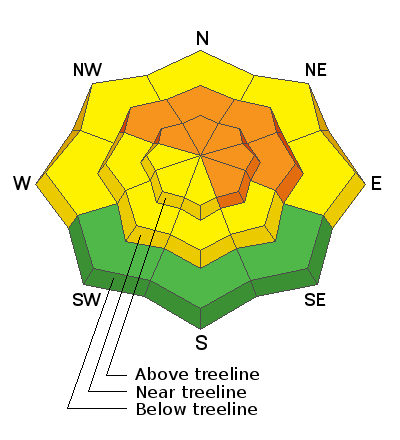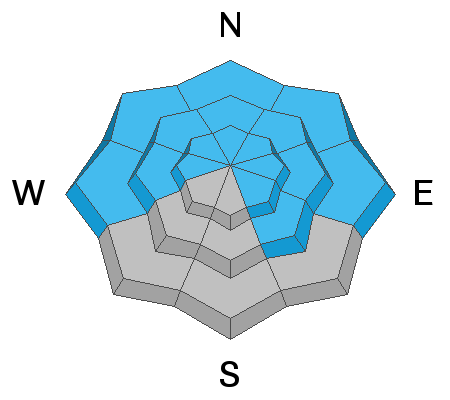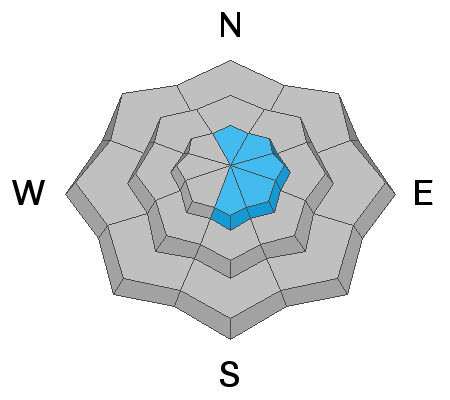We are filled with grief to report four fatalities from a skier triggered avalanche in the Wasatch Mountains yesterday. All were well known members of the backcountry community. Here is the
preliminary report. In a little over a week, there have been 14 avalanche fatalities across the U.S. Conditions are dangerous in most regions and ours is no exception. Please stay conservative in your terrain choices.
The Geyser Pass Road is plowed. Conditions are snow-packed and icy and all-wheel drive is recommended.
The Lower Utah Nordic Alliance (LUNA) groomed all trails yesterday and Matt says that conditions are perfect!
24 Hour Snow 0" 72 Hour Snow 0" Base Depth in Gold Basin 40" Wind WNW 10-20 Temp 18F
Moderate WSW winds overnight shifted back to the WNW early this morning. Skies will be mostly sunny today with light to moderate westerly winds. High temps at 10,000' will be near 30F. We'll see a slight increase in southwesterly winds tomorrow with temperatures in the low 30's. Tues and Wed look to be cloudy with a very slight chance of a few flakes on Wednesday. Mostly sunny skies return for the remainder of the week.
Snowpack Discussion
It's now been a week since our last significant snowfall and conditions are variable. Warm temperatures have settled and consolidated last week's storm snow and the surface is tired and worn. On sunny aspects, the snow surface has crusted over. Moderate SW-NW winds have scoured exposed, windward slopes while alternately loading leeward, easterly facing slopes. On NW-N-E aspects, dangerous slabs 2'-3' deep are perched above the weak underlying snowpack. These slabs are growing more stubborn by the day but they remain primed and ready for human triggers.
Chris Benson did a flyover of both the La Sal and Abajo mountains yesterday. He submitted this
observation and shot the following aerial footage.
In his aerial travels yesterday, Chris Benson noted this fairly recent avalanche in
Beaver Basin though the actual date is unknown.










